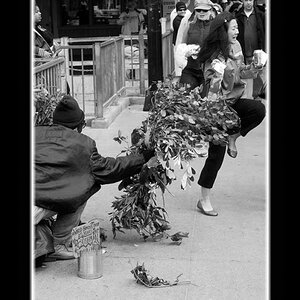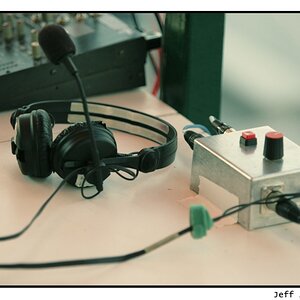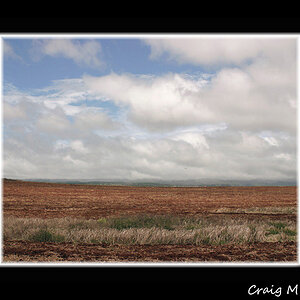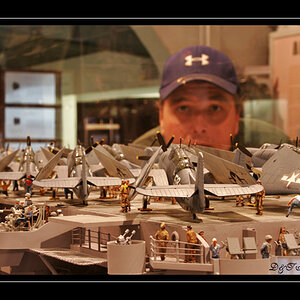munday79
TPF Noob!
- Joined
- Mar 30, 2010
- Messages
- 4
- Reaction score
- 0
- Location
- Michigan
- Can others edit my Photos
- Photos NOT OK to edit
I am new to portraits and lighting I have 2 calumet 335 self contained monostrobes and 2 soft boxes. The problem I'm having is that I'm getting nasty reflections off my subjects' eyes. Is there any way to alleviate the problem? JPG: Photos: "Portrait work" by Michael Munday













![[No title]](/data/xfmg/thumbnail/31/31011-439c1242fe08cf6b54f32bf06523a567.jpg?1619734567)